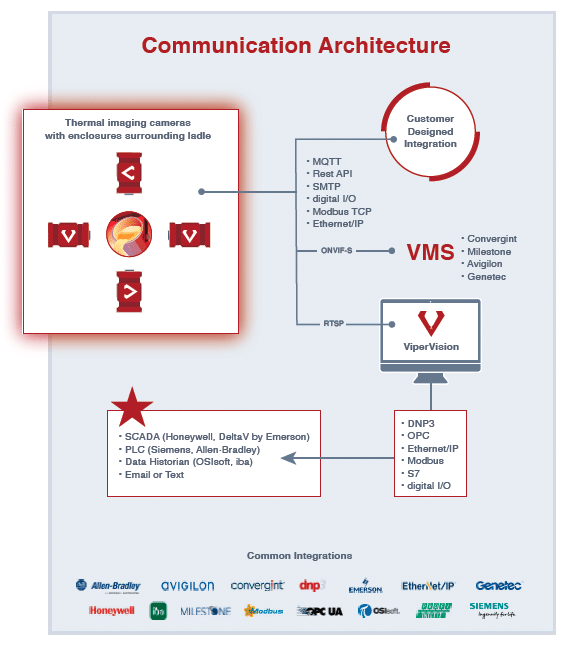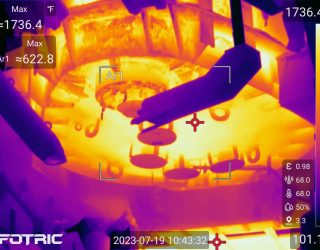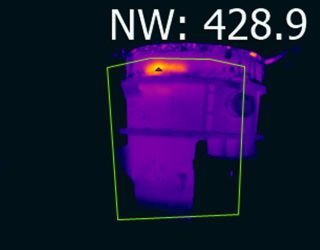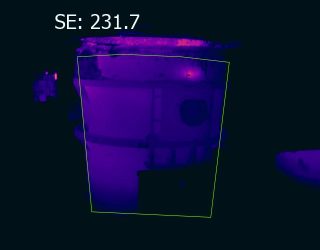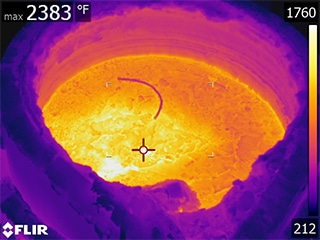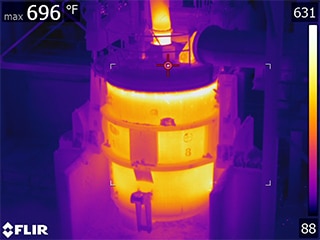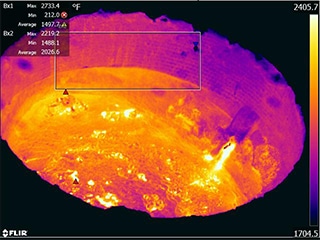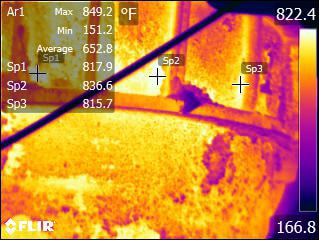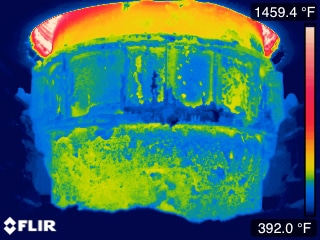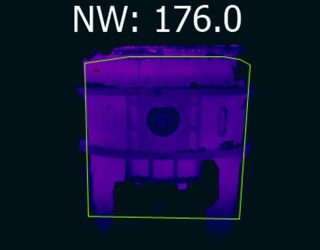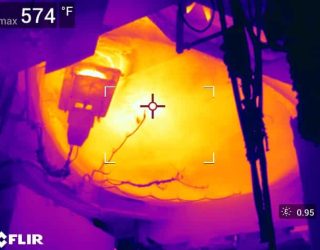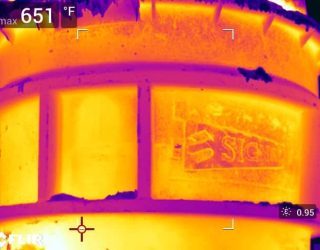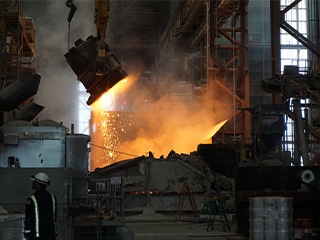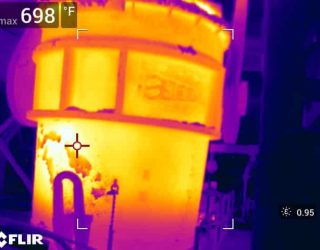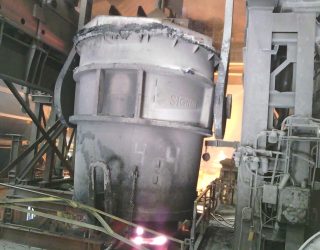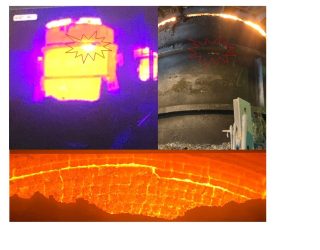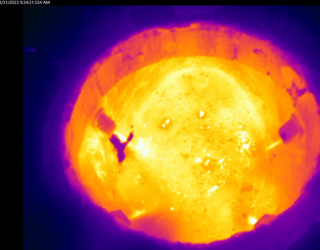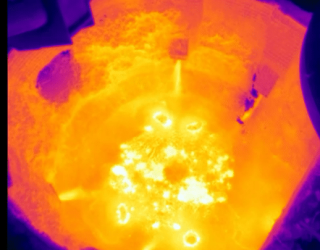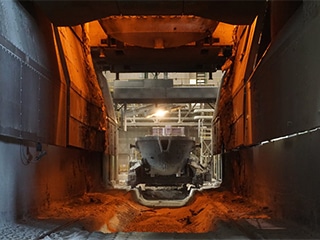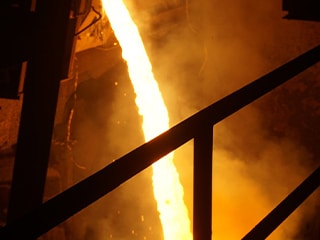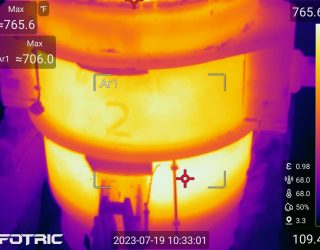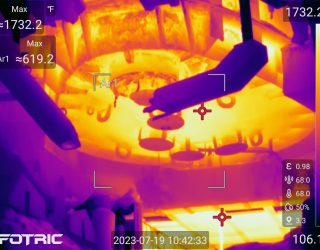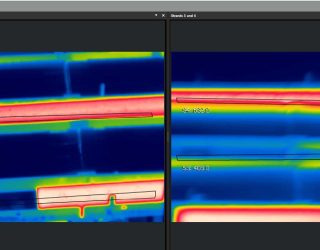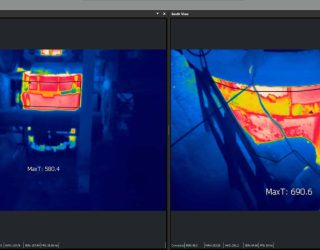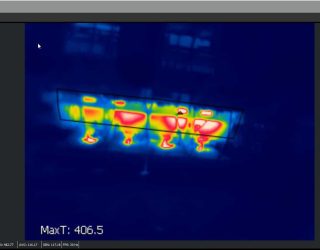Monitoring Solutions from Viper Imaging provide an accurate, reliable temperature measurement solution to ensure plant safety and increase efficiency.
AOD – BOF – EAF – LMF – Ladles – Torpedo Cars – Water Wall Leak Detection
Viper’s Steel Mill Refractory Monitoring System uses thermal imaging cameras to monitor in real time and alarm for temperature anomalies. View, analyze, record, and trend critical data for key assets in the process.
Review some use case examples below!
The Viper Ladle Refractory Monitoring system uses thermal imaging to monitor the health of a ladle through its lifecycle.
Steel mills worldwide use refractory-lined ladles to store and transport molten steel. A key benefit of the Viper monitoring system is that it allows users to input a ladle ID, and ViperVision Max software will monitor the health of the ladle through its lifecycle.
Over time, the refractory linings degrade or develop cracks that allow the ladle’s outer shell to be exposed to excessive temperatures. If not caught in time, a molten metal breakout can occur, threatening the lives of plant personnel and causing unnecessary downtime and significant damage to equipment. Viper’s Ladle Refractory Monitoring System uses thermal imaging cameras to monitor the ladle in real-time and warn of excessive shell temperature resulting from refractory degradation – ultimately preventing a breakout. Scroll down to the bottom of this page for images of discovered hotspots.
The cooling water system is an inherent part of every EAF, and there is an industry need for effective and reliable water leak prevention as well as leak detection. When water gets trapped below molten steel, it often results in two explosions.
- Steam ejects from below the surface – projecting molten metal and slag
- More severe explosion from the rapid ignition of H2 and CO gas inside the EAF
Viper’s monitoring system using FLIR thermal cameras easily detect water and determine the source. Scroll to the bottom of the page to see thermal images of discovered leaks.
Use thermal imaging cameras to monitor the shell temperature of process vessels.
A multi-camera system will monitor the shell temperature of the AOD (Argon Oxygen Decarburization) and VOD (Vacuum Oxygen Decarburization) vessels. A key area of interest is often the shell directly behind the AOD tuyeres.
In keeping with the industry trend to remotely monitor furnace operations, the Viper Furnace Monitoring Systems provide data previously obtained through visual observation from the pulpit and dangerous, hands-on testing.
Components of Viper’s remote furnace operation monitoring system include visual cameras, thermal cameras, ViperVenom industrial camera enclosures, and ViperVision software.
Monitor the sanding process to identify when the tap hole has been properly sanded so that the vessel can be refilled safely.
Scroll down to our featured case studies and videos to see actual footage from a thermal sanding camera.
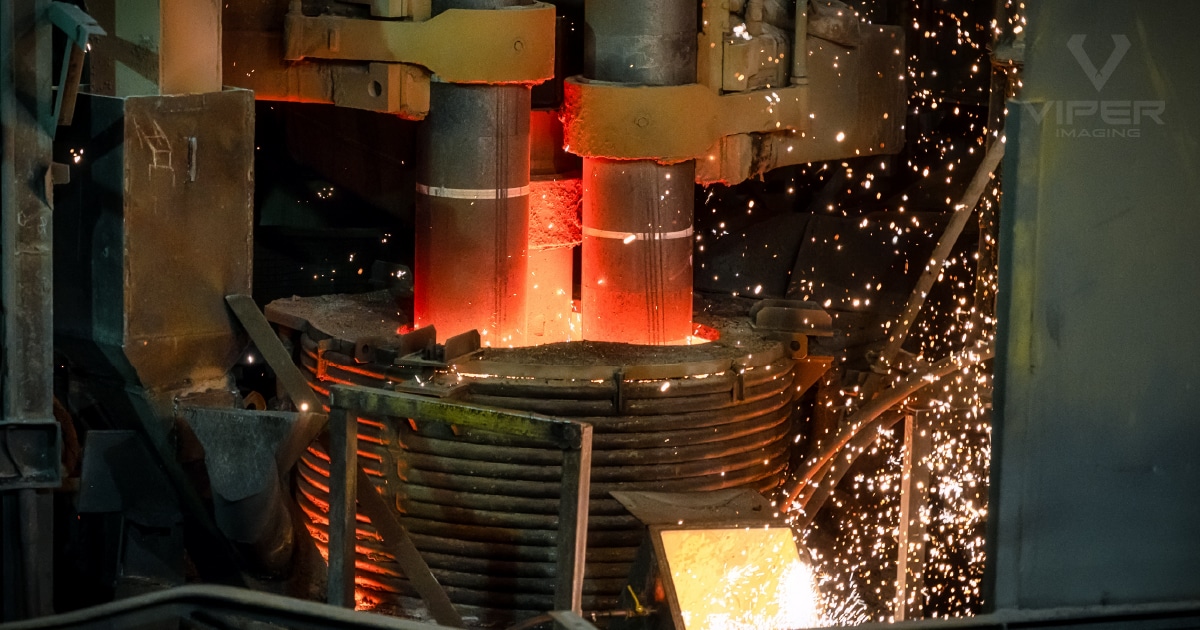
White Paper: Improving Safety & Productivity - Why the Steel Industry Needs Continuous Thermal Monitoring
Electric Arc Furnaces have changed the way steel is produced.
But they also create unique risks and operational challenges that require specialized expertise. Continuous Thermal Monitoring solutions leverage advanced thermal and visual cameras to provide steel plants with 24/7 coverage of ladles, electric arc furnaces, and other critical equipment.
Case Study: How a leading global steel producer's commitment to safety led to incorporating a thermal monitoring system
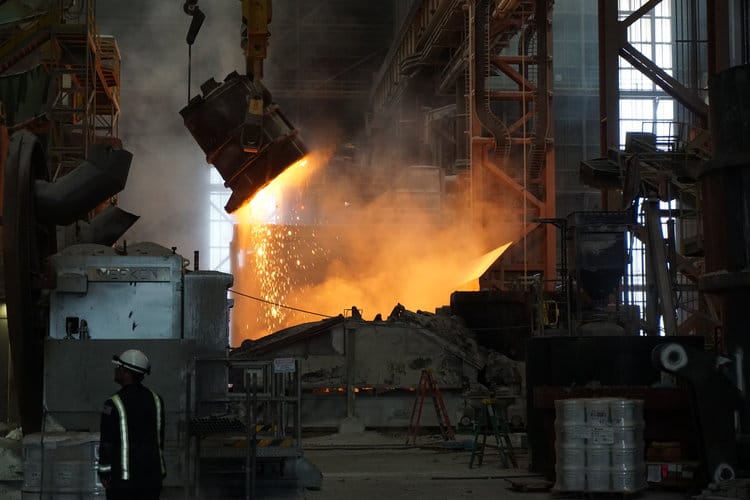
Watch this webinar presentation recording to learn more about continuous thermal monitoring to automate and optimize processes in the steel industry.
Featured case studies include EAF Water Wall Leak Detection and Steel Ladle Refractory Monitoring.
This Milestone XProtect Smart Client screen recording shows the sanding process.
This is used to identify when the tap hole (EAF) has been properly sanded to begin the next heat. This video was captured by the Viper Predator System and processed with ViperVision Ultra software integrated with Milestone VMS.
Key Benefits
System Solution Components
FLIR cameras are integrated with the ViperVision software which directly communicates with most industrial platform controllers. Every thermal imaging camera is mounted in an industrial camera enclosure that uses the appropriate purge and pressurization to protect the camera equipment. Viper Imaging provides solutions for Class I and Class II environments (Division 1 or 2).

